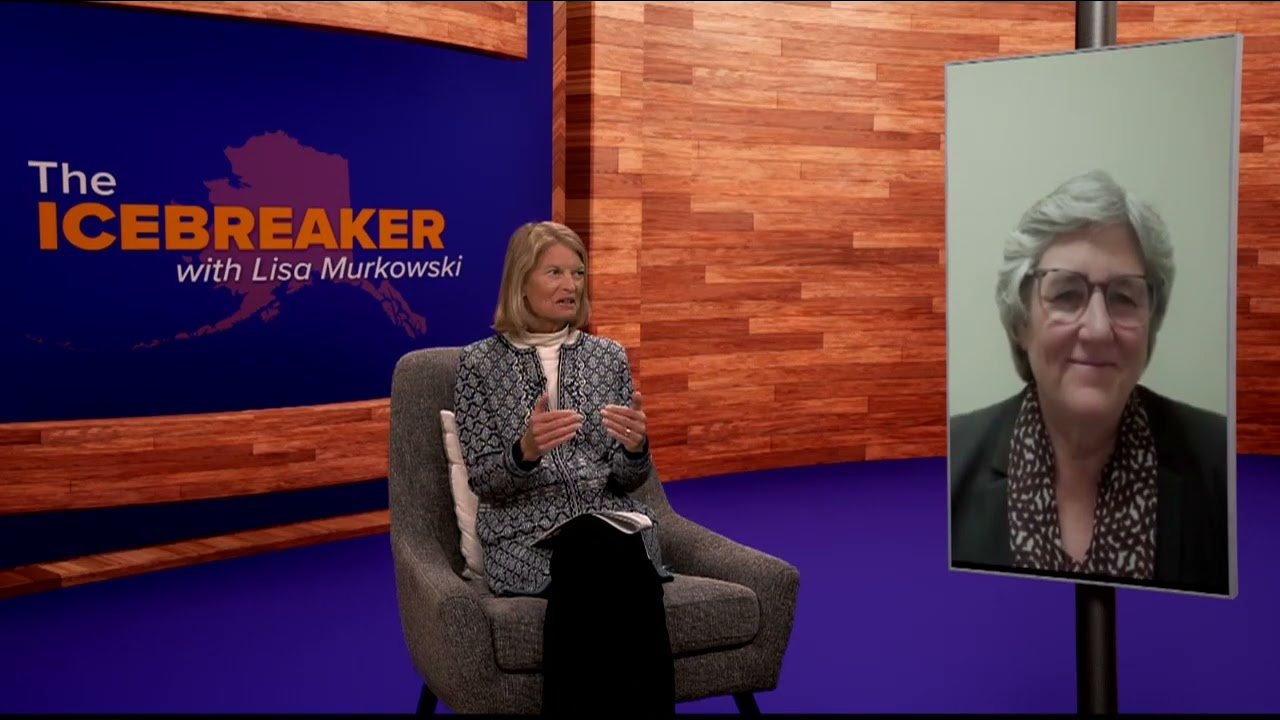prepare to Paint the Canvas of Federal Funding: UA FY26 Appropriations Requests Now Open
As the fiscal year’s curtain draws near, it’s time for universities to don their creative hats and envision the future of federal funding. the University of Arizona is excited to announce that the call for requests for its FY26 Federal Appropriations is officially open, inviting all to contribute their brushstrokes to this transformative masterpiece. This funding opportunity will empower our university to shape its destiny and continue to push the boundaries of innovation, education, and community engagement.
– Unveiling the UA FY26 Federal Appropriations Call: A Comprehensive Overview
UA FY26 Federal Appropriations Call for Requests: Now Open
The University of Arizona (UA) invites all faculty, staff, and students to submit their funding requests for the upcoming FY26 federal appropriations cycle. The Office of Research, Innovation & Impact is committed to supporting the university’s research and education mission by providing information, guidance, and assistance with the submission process.
- Research, scholarship, creative activity, and other programs and activities
- Facilities and infrastructure
- Equipment and instrumentation
- Fellowships and other student support
- Programmatic and administrative costs
Timeline:
- Request Deadline: March 24, 2023, 5:00 PM MST
- Review and Submittals: march 27 - May 2, 2023
- UA Submits Request to Congress: May 10, 2023
– Delving into Details: Analyzing Key Aspects of the Appropriation Request
Analyzing Key Aspects of the Appropriation Request
To ensure a comprehensive and effective appropriation request, several crucial aspects should be thoroughly analyzed. These include:
Determining the Scope and Prioritization of Requests: Clearly define the specific objectives and priorities of the appropriation request. This involves identifying the key areas where funding is required, establishing a priority ranking, and justifying the need for each item.
Estimating Budgetary Needs: Accurately estimate the total cost of the proposed initiatives. This includes direct costs (e.g., personnel expenses) and indirect costs (e.g., administrative expenses). The detailed budget should be supported by thorough research and calculations.
Justifying Request with Data and Metrics: Provide compelling evidence to support the appropriation request. This may include data on program performance, impact assessments, and evaluations that demonstrate the value and эффективность of the proposed initiatives.
Identifying potential Funding Sources: Explore potential funding sources beyond the primary appropriation request. Identify other funding agencies, grant opportunities, or partnerships that could supplement the appropriation funding.
– Strategic Guidance: Navigating the Application Process Effectively
Strategic Guidance: Navigating the Application Process Effectively
To maximize your chances of success, it’s crucial to plan your application strategically. Here are some key steps to consider:
- Establish a realistic timeline: Allow ample time for research, proposal progress, and document readiness. Create a detailed project plan to track your progress and deadlines.
- Engage stakeholders early: Identify all stakeholders who may be involved in the application process and secure their support. Foster open communication and involve them in decision-making.
- Conduct thorough research: Understand the specific funding opportunity proclamation (FOA) and its objectives. Conduct thorough research on the funding agency, its priorities, and previous award recipients.
- Develop a compelling narrative: Craft a persuasive narrative that clearly outlines how your project aligns with the FOA’s goals and objectives. Showcase the impact your project will make and its relevance to the agency’s mission.
- build a strong team: Assemble a team of experts with the necessary skills and experience to implement your project successfully. Provide clear roles and responsibilities to ensure efficient collaboration.
- secure funding commitments: Explore potential matching funds, in-kind contributions, or other sources of support to strengthen your funding request. Reach out to potential partners or sponsors to secure additional funding.
– Maximizing Success: Crafting a Compelling Proposal that Resonates
Crafting a Compelling Proposal that Resonates
To craft a compelling proposal, follow these best practices:
- Emphasize Impact and Value: Highlight how your proposal directly aligns with the goals and priorities of the funding agency. Clearly articulate the expected outcomes and the positive impact your project will have on the target population.
- Provide a Clear and Concise Narrative: present your proposal in a logical and easy-to-understand format. Use specific examples, data, and evidence to support your claims.
- Demonstrate Capacity and Expertise: Showcase your team’s relevant experience, skills, and ability to successfully implement the proposed project.
- Align with agency Priorities: Thoroughly research the funding agency’s mission, goals, and current funding trends. Tailor your proposal specifically to their interests and priorities.
To Conclude
And with that, the University of Arizona’s journey towards federal appropriations for fiscal year 2026 begins. It’s a voyage of vision, strategy, and collaboration—a quest for resources that will empower our research enterprise, fuel our academic endeavors, and propel our impact on the world stage. As we navigate the uncharted waters of this funding opportunity, let’s embrace the spirit of finding, forge new alliances, and set sail for a future where innovation and excellence know no bounds. The open waters of federal appropriations await us—let’s embark on this adventure together!
